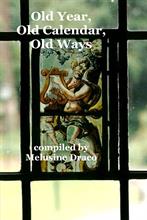
From time immemorial the seasonal sequence has arrested the attention of mankind and aroused an intense emotional reaction in all states and stages of culture and types of society extending from the Upper Palaeolithic in prehistoric times to the highest civilizations of the ancient Near East and the Graeco-Roman world, with repercussions on the subsequent development of custom. Belief and behavior in the intervening ages, not least in the folk-cultures in Europe.
The reason is not far to seek. Everywhere and at all times the means of subsistence have been the primary concern and from this fundamental requirement recurrent seasonal periodic festivals have sprung, and by constant repetition they have assumed a variety of forms and acquired divers meanings and interpretations. But since food has always been an essential need it is in this context that the observances have exercised their primary functions. [Seasonal Feasts & Festivals]
In Scotland and Ireland, the ancient Celtic practice of lighting bonfires at the beginning of May as part of a sacrificial rite lingered on until the 18th-century in the observance known as Beltaine. The name derived from the Gaelic tein-eigin – ‘need-fire’ and the practice of lighting sacred fires, often on hill-tops, at the beginning of the second division of the Celtic year was for the purpose of stimulating the sun as the life-giving agent at the commencement of summer. Thus on the Eve of May Day, branches of rowan of buckthorn were fastened to the houses and cattle-stalls to keep away malevolent spirits, and the gorse was set on fire at the break of day to burn them out. ‘Home fires were extinguished and rekindled with appropriate ceremonies – the antiquity of which custom is indicated by the use of earlier methods of fire-making by friction, tinder and flint and steel being employed for the purpose, according to Professor E O James.
When the Beltaine bonfires had been lighted from the need-fire, branches were lit and carried into the houses to ignite the new fires in the grates. In the Highlands of Scotland this was the only occasion when the peat-fires were put out and relighted (by the friction method) like the annual renewal of the sacred fire in the temple of Vesta on 1st March by the Vestal Virgins. That the Beltaine fires were regarded as cathartic and regenerative is suggested by the custom of driving cattle through them to protect them from disease.
April’s showers will hopefully have given way to rich and fertile earth, and as the land becomes greener, there are few celebrations as representative of fertility and/or regeneration as Beltaine. Festivities typically begin the evening before, on the last night of April. It’s a time to welcome the abundance of the fertile earth, and a day that has a long (and sometimes colourful) history. This spring celebration is all about new life, fire, passion and rebirth, so there are all kinds of creative ways we can set up for welcoming the season.
There are many different ways we can celebrate Beltaine, but the focus is nearly always on the fact that it is a major Fire Festival and we need to find ways of incorporating this into our celebrations. A fire pit is primarily ambient/atmospheric, although it can have some warming properties, depending on how powerful it is and how large. It’s one of those lovely features for people to gather around in the evening, since it’s pleasant in cool, balmy, or even slightly warm weather. Only in downright hot temperatures does the mere look of fire cause discomfort. However, since fire pits are mainly ornamental, if weather is truly frigid or there’s a lot of precipitation, a fire pit doesn’t really do much to combat the weather and may actually get damaged.
Having a fire pit in our garden will ensure we can enjoy the outdoors for longer when the sun goes in and, really, who doesn’t enjoy sitting and looking at an open fire? Covid restrictions have hopefully been amended, so now we can begin to think of having the family over for a big celebratory ‘Beltaine Bash’. If we haven’t already invested, a fire pit is a great item to have in our garden for those Fire Festivals, so we can continue with a much-needed me-time behind the garden-gate once the sun’s gone in. But what to choose? There are lots of designs but before using your garden fire pit, ensure it’s in a safe location and away from any combustible surfaces.
- Make sure that the location is safe and there’s nothing hanging nearby that could catch fire.
- Position your outdoor fire pit in the middle of your patio, so you have plenty of room to move around it safely and it’s not too close to combustible surfaces, grass, trees, plants or shrubs.
- Make sure that it isn’t too close to your property or sheds/summer houses.
- Don’t light the fire pit under a gazebo or other covered area.
- Check the wind direction before lighting.
- Take fire safety precautions. For example, have a fire extinguisher, fire blanket or at least a bucket of water/sand nearby.
- Keep children and animals away if they are unsupervised.
- When you have finished with the fire pit, ensure that the fire is completely extinguished. Cover the fire pit with a suitable lid to contain any hot embers and prevent ash from blowing around.
- If you have chosen a fire pit that doesn’t have legs or which gets very hot, you may need to protect the surface underneath.
Whether as part of a group, or a solitary working, fire should be an integral part of any Beltaine ceremony. Again, the purists would say that the fire should be lit as part of the ritual but there’s nothing more embarrassing that being stared at by a group of people eagerly awaiting a cheery blaze while the fire-maker fumbles about with damp matches and even damper kindling that refuses to ignite. Beltaine should be a joyous occasion but this kind of enforced gaiety is on a par with those who insist on still holding a family barbeque in the garden when it’s pouring with rain because it’s been planned for that day!
In modern parlance, in our rites we are basically asking for health, wealth and happiness in the coming days of plenty, i.e. a summer - with plenty of food = health and wealth plus ‘mirth and song’. The holiday celebrates spring at its peak, and the coming of summer. This holiday is associated very strongly with fertility/regeneration, but for pagans how does this translate into a generic meaning that all our guests can relate to?
To put the matter in a nut-shell - regeneration is an ambiguous term with diverse meanings. According to the Oxford English Dictionary, to be regenerated is to be ‘re-born; brought again into existence; formed anew’, no doubt an accurate usage but one that is arguably too narrow. More appropriate is another meaning the OED suggests: ‘restored to a better state’ - spiritual renewal or revival. Most definitions of regeneration, however, have been driven, over many times and places, by concern about ageing and the desire, at best, to reverse or, at least, to modify its perceived ill-effects. And as Robert Cochrane once observed, there had been no cause for a fertility religion in Europe since the advent of the coultershare plough in the 13th
century!
The May Pole dances are survivals of ancient rituals around a living tree as part of the spring rites to ensure fertility. Over time it usually became a tree trunk of the correct height, age, and type (usually pine or birch). Some writers claim that the tree represented masculine energy, and the ribbons and floral garlands that adorned it represented feminine energy. While those ribbon-weaving dancers are either pairs of boys and girls (with girls taking one colour of ribbons and boys the other), or a group of multiple ages where younger dancers take the inside of the circle and older dancers the outside; either way, the maypole itself is a splendid reminder that spring has sprung and regeneration has begun.
Given that May Day celebrations are all about expressive dancing and celebrating, the Puritans in 16th and 17th century New England labeled the rituals ‘bacchanalian’, which naturally led to the banning of the celebrations during that time. Luckily May Day festivities made their way back into the modern era and remain a symbol of the wondrous shift from the dreary cold season to the lively warmer one. We can find today’s most dedicated revelers in Scotland and Ireland, where they recognize Beltaine or Gaelic May Day, or in the United Kingdom and Bavaria - where the maypole is painted in their region’s white and blue and adorned with representations of the local craftspeople and trades.
The tradition of the Maypole Dance has been around for a long time – it’s a celebration of the fertility of the season. Because Beltaine festivities usually kicked off the night before with a big bonfire, the Maypole celebration usually took place shortly after sunrise the next morning. Young people came and danced around the pole, each holding the end of a ribbon. As they wove in and out, men going one way and women the other, it created a sleeve of sorts - the enveloping womb of the earth - around the pole. By the time they were done, the Maypole was nearly invisible beneath a sheath of ribbons. If you have a large group of friends and lots of ribbon, you can easily hold your own Maypole Dance as part of your Beltaine festivities.
In some regions, however, a different maypole tradition existed: the carrying of highly decorated sticks with hoops or cross-sticks, or swags attached, covered with flowers, greenery or artificial materials such as crêpe paper. This tradition is known as garlanding, and was a central feature of May Day celebrations in central and southern England until the mid-19th century and is a more practical adaptation that we can use within our Craft celebrations as a lead-up to Old Beltaine. It can even be hung on the front door where the Yule wreath will later mark the Mid-Winter Festival.
The Beltaine/Oestra Bash
The Beltaine bonfire festival is really incomplete without a meal to go with it. For this occasion celebrate with foods that honour the earth but probably the most wide-spread tradition is that of ‘Scottish Bannocks’. It is a form of flat bread, the same thickness as a scone cooked on a griddle or fried in a pan. Today it may also be baked in the oven for about twenty minutes. In parts of Scotland, the Beltaine bannock is a popular custom. It’s said that if you eat one on Beltaine morning, you’ll be guaranteed abundance for your crops and livestock.
BANNOCKS OR OATCAKES (TRADITIONAL)
4 oz (⅔ cup) medium oatmeal
2 teaspoons melted fat (bacon dripping is good)
Pinch of bicarbonate of soda
Additional oatmeal for the kneading
Pinch of salt
¼ cup hot water
Mix the oatmeal with the salt and bicarbonate of soda in a basin, then
make a well in the middle and pour in the melted fat. Stir around, then
add enough water to make a stiff paste. Scatter a board or table thickly
with oatmeal, turn out the mixture and roll into a ball. Knead well with
the hands covered in oatmeal to prevent sticking. Press down a little
and keep the edges as regular as possible. Then roll out to a ¼ inch
thickness, and shape by putting a dinner plate on top and cutting round
the edges. Sprinkle finally with a little meal, then cut into quarters or
less. Place on the warmed girdle, or pan, and cook until the edges curl
slightly. In Scotland they were finished on a toasting stone, but a
medium hot grill to crisp the other side is adequate. [A Taste of Scotland]
Oatcakes are very good with fish, especially herrings, either smoked or fresh, with raw onions; also served with soups, butter-milk, or with jam, honey or marmalade for breakfast. Bannock is also a main staple of many indigenous communities in Canada because it’s a simple bread that can be cooked in a pan, in the oven or over a fire. Top with butter, nut butter, jam or even melt a cube of cheese inside the dough. During Beltaine a bonfire is kept going all night long. Pieces of bannock are thrown into the fire as an offering.
Froissart, the 14th-century chronicler, writes that the Scottish soldier always carried a flat plate of metal and a wallet of oatmeal, as part of his equipment. With a little water he could always make himself an oatcake over a wood fire, which contributed to his remarkable stamina.
Loaded with beef, potatoes, and lots of vegetables, this dish celebrates winter and welcomes spring. It’s warm and hearty, yet fresh and bright. And, at this time of year, when the days can fluctuate between spring-like with clear skies and warm air to cold and chilly rainy days that feel more like February, there’s still justification to slow cook something cozy and savory for Beltaine. With the shifting weather, we never know if there’s a last chilly day around the corner and this slow cooker beef stew has the best of both seasons. With tender beef cooked low and slow in a rich gravy along with spring veggies and plenty of fresh herbs, it’s a set-it-and-forget-it recipe that simmers all day in your slow cooker.
SPRING BEEF AND VEGETABLE STEW
1 tbsp vegetable oil
500g beef diced stewing steak
1 tbsp flour
700ml beef stock
1 carrot, thickly sliced
400g Jersey Royal potatoes, cut into wedges
1 leek, thickly sliced
100g Spring Greens (or Baby Leaf Greens), shredded
25g pack fresh parsley, chopped
Pepper and salt
Preheat the oven to 180ºC, gas mark 4. Heat the oil in a large frying pan
and fry the beef until browned. Stir in the flour and seasoning and cook
for 1 minute, add the stock and bring to the boil. Stir in the carrot and
potatoes. Transfer to an ovenproof casserole dish (or slow cooker), cover
and bake for 1 hour. Add the leek and bake for a further 1 hour until the
beef is tender Add the greens and cook for 10 minutes. Stir in the parsley
and serve with plenty of crusty bread [Waitrose]
Beltaine festivals, both in ancient times and today, are commonly accompanied by a large feast. Traditional Beltaine celebrations would set aside some food and drink for the aos sí as a nod of respect. Since Beltaine used to focus on livestock, perhaps it’s not a bad alternative in providing an enormous ‘cheese/ charcuterie board’ with a wide variety of cheeses and cured meats for the occasion, together with a large wicker basket full of fresh bread and crackers. And best of all, this has something for everyone! From different types of cheese to sweet and savory snacks to crackers and cured meats, the best cheese boards leave no one behind.
Select the cheeses. Try to include a variety of flavors and textures by selecting cheeses from different families (for example):
- Aged: Aged Cheddar, Gruyere, Gouda.
- Soft: Brie, Camembert, Goat.
- Firm: Manchego, Parmigiano-Reggiano, Edam.
- Blue: Gorgonzola, Roquefort, Stilton.
Use cheese markers to label cheese so everyone knows what they're getting and bring cheeses to room temperature before serving in order to bring out their true flavor.
Add some charcuterie...aka cured meats. Prosciutto, salami, sopressata, chorizo, mortadella or paté are all good options.
Add some savory. Think olives, pickles, roasted peppers, artichokes or spicy mustards.
Add some sweet. Think seasonal and dried fruits, candied nuts, preserves, honey or chutney.
Offer a variety of breads. Sliced baguette, bread sticks, and a variety of crackers in different shapes, sizes, and flavors.
Finish it off with some garnishes. This is a great way to give your cheese board a seasonal touch. Use edible flowers, cherry tomatoes, fresh herbs, celery or grapes to give your board the look and feel you want. [Lemon Tree Dwelling]
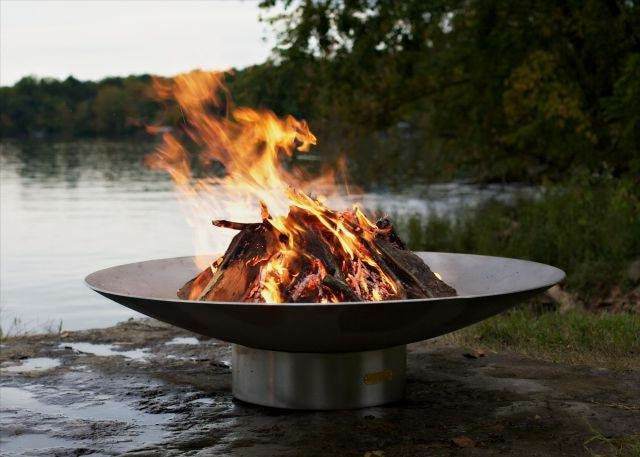
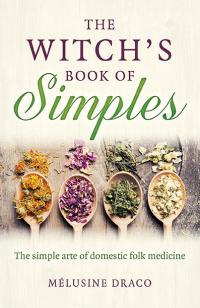
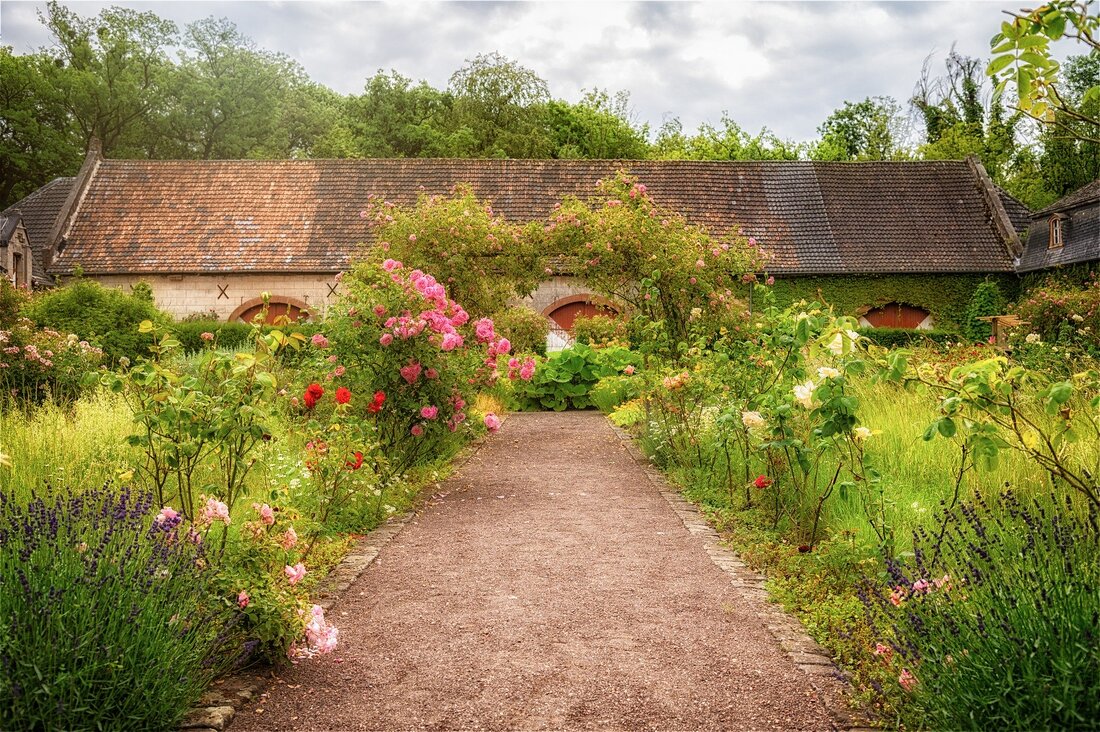
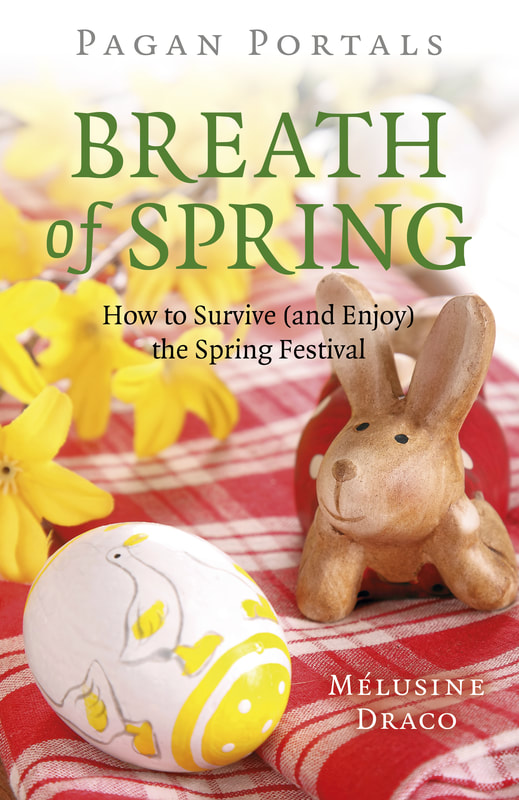
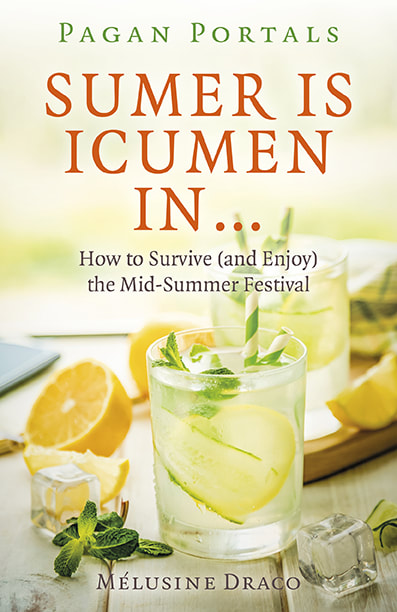
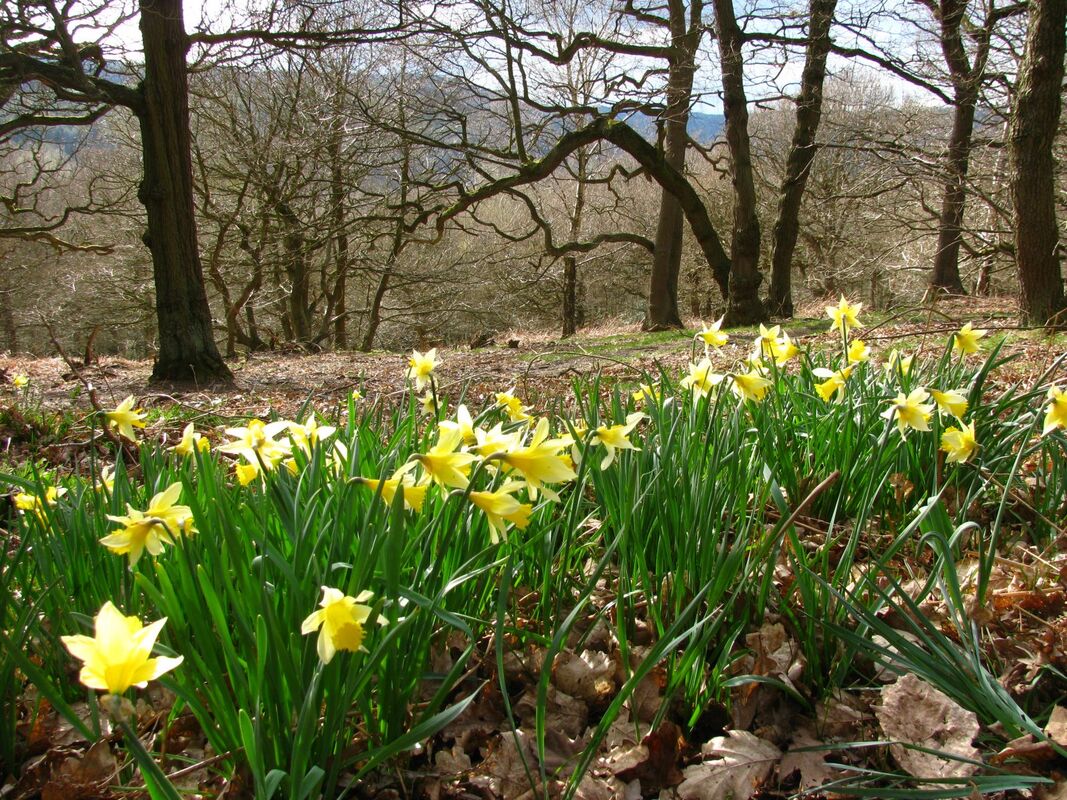
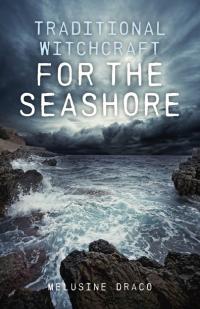

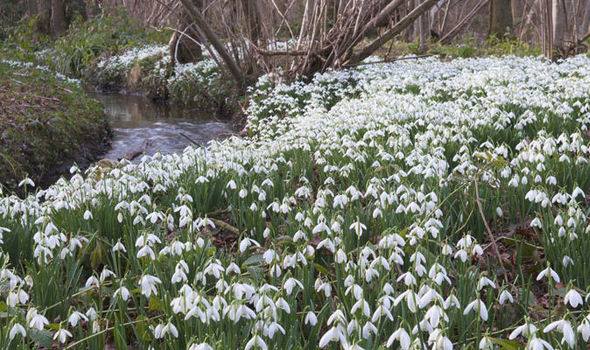
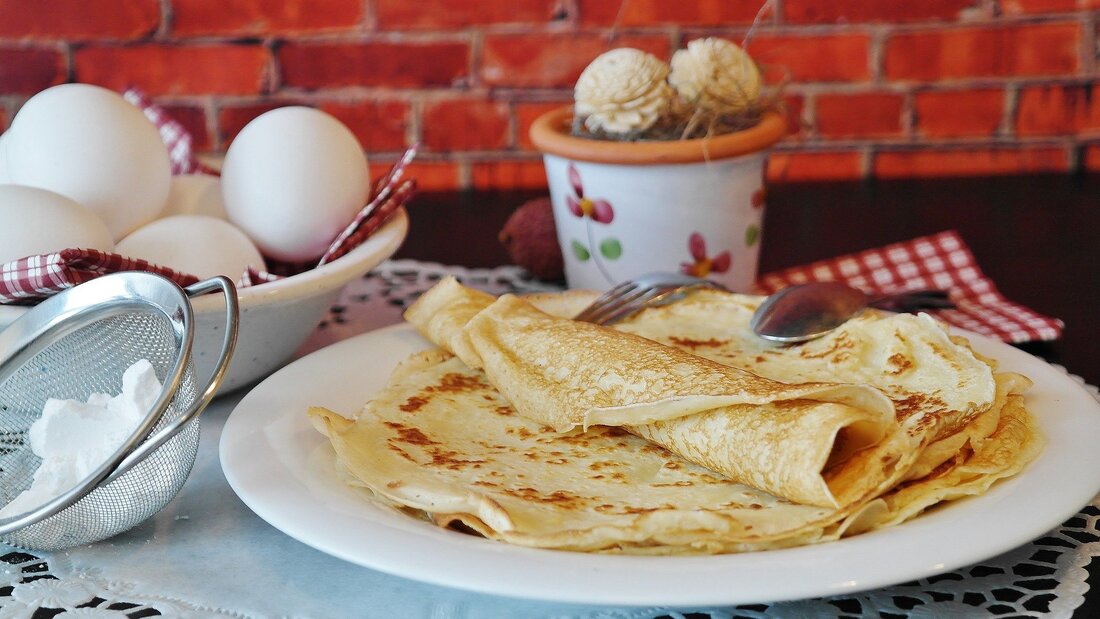
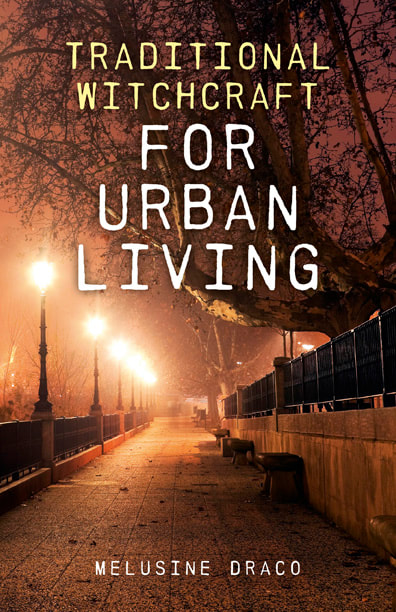
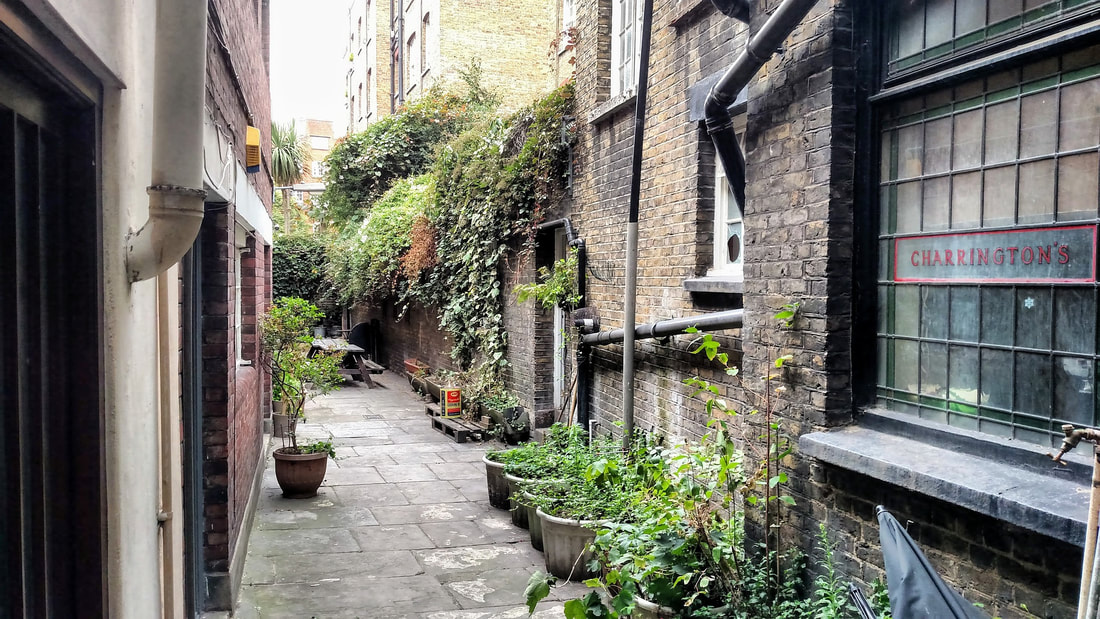
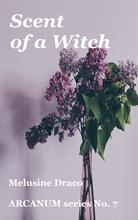
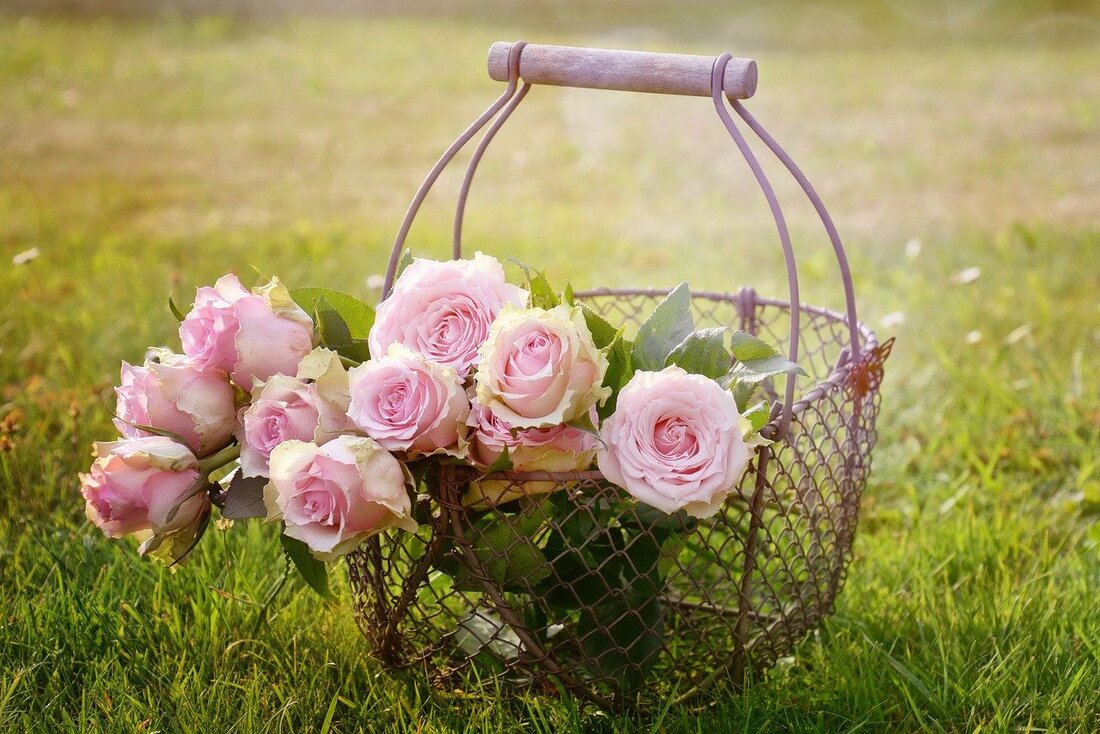
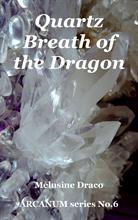

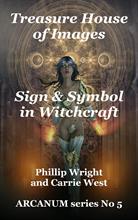
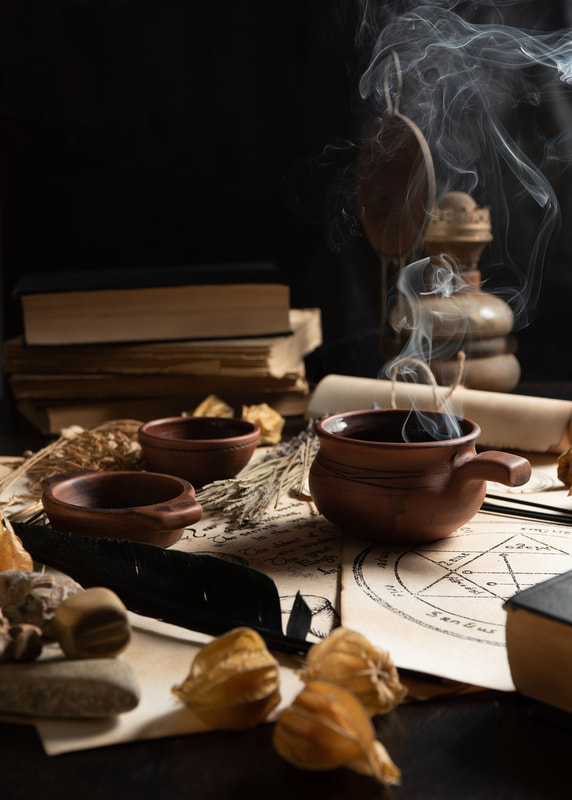
 RSS Feed
RSS Feed